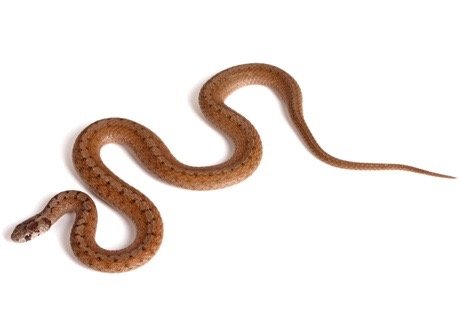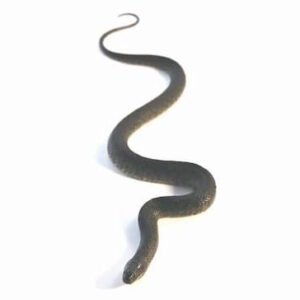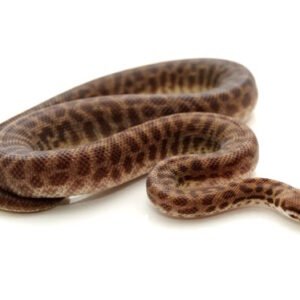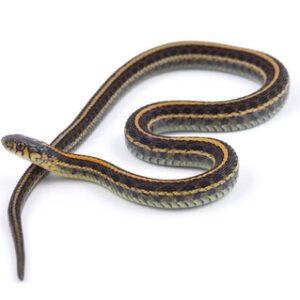Habitat and Distribution of Dekay’s Brown Snake
The Dekay’s brown snake (Storeria dekayi) is primarily found in moist environments, which play a crucial role in its survival. This species typically inhabits areas such as forests, grasslands, wetlands, and suburban gardens, where the availability of moisture is abundant. These habitats provide not only essential humidity but also ample cover and a rich diversity of prey, particularly small invertebrates and amphibians. The preference for damp environments underscores the ecological niche that Dekay’s brown snakes occupy, allowing them to thrive in rich biodiversity zones.
Geographically, Dekay’s brown snake has a broad distribution across the eastern and northern United States, notably from southern Maine to northern Florida and as far west as eastern Nebraska and southeastern South Dakota. States such as New York, Pennsylvania, and Illinois are particularly significant as they host vibrant populations. The presence of this snake in varied habitats within these regions indicates its adaptability and the ecological balance it helps maintain. Being primarily a terrestrial species, Dekay’s brown snakes are often encountered in leaf litter, under rocks, or even in gardens, making them a common sight in often neglected natural habitats.
The ecological significance of the Dekay’s brown snake cannot be overstated. As a predator, it helps control populations of small mammals and invertebrates, thereby contributing to the health and balance of its ecosystem. However, human activities, such as urbanization and pollution, have negatively impacted their natural habitats. The ongoing degradation of wetland and forest areas poses a serious threat to this species, as it makes it increasingly difficult for them to find suitable environments. Habitat conservation efforts are thus essential to ensure the continued existence of Dekay’s brown snake and to maintain the ecological integrity of the regions they inhabit.
Behavior, Diet, and Conservation Status
The Dekay’s brown snake (Storeria dekayi) exhibits a range of behavioral patterns that contribute to its adaptability in various environments. Primarily, these snakes are diurnal, engaging in most of their activities during daylight hours, although they can also be observed at twilight. This species tends to be secretive, preferring habitats with ample cover such as dense grasses and leaf litter, which provides protection from predators and extreme weather. During colder periods, Dekay’s brown snakes enter a state of brumation, a form of hibernation wherein their metabolic rates significantly decrease, allowing them to conserve energy until the return of warmer temperatures.
Regarding their social interactions, these snakes are generally solitary, with males often displaying territorial behavior during the breeding season, which typically occurs in spring. They communicate through pheromones to signal their reproductive availability. In terms of diet, Dekay’s brown snakes primarily consume a variety of small invertebrates, particularly slugs, earthworms, and insects. Their hunting technique is ambush-oriented; they remain motionless and strike when prey is within reach, relying on their camouflage for an effective approach. This diet is vital for maintaining the ecological balance, as it helps control invertebrate populations.
The conservation status of Dekay’s brown snake is currently listed as least concern; however, some populations face threats from habitat destruction, pollution, and climate change. Urban development reduces their natural habitats, while pesticide use can diminish their food sources, leading to population declines. Conservation efforts include habitat restoration and public education programs that emphasize the importance of wetlands and forested areas to this snake’s survival. Individuals can contribute to these efforts by creating natural spaces in their yards, avoiding the use of harmful chemicals, and supporting local conservation initiatives that aim to protect both the Dekay’s brown snake and its environment.





